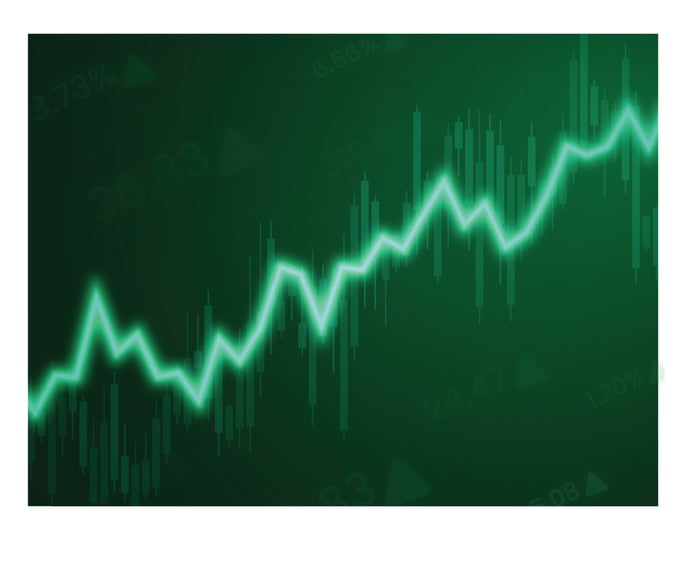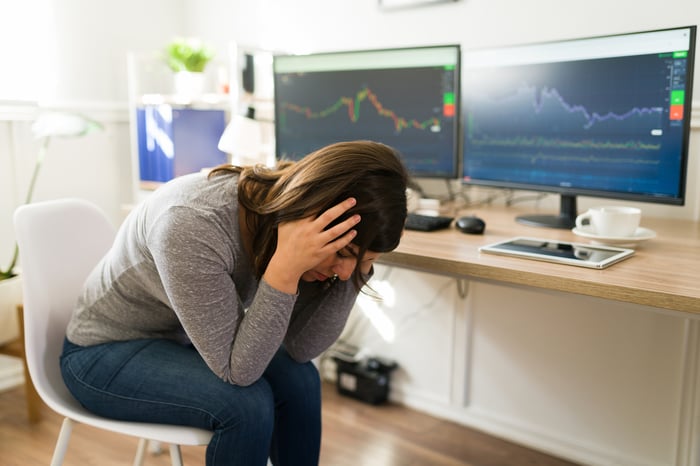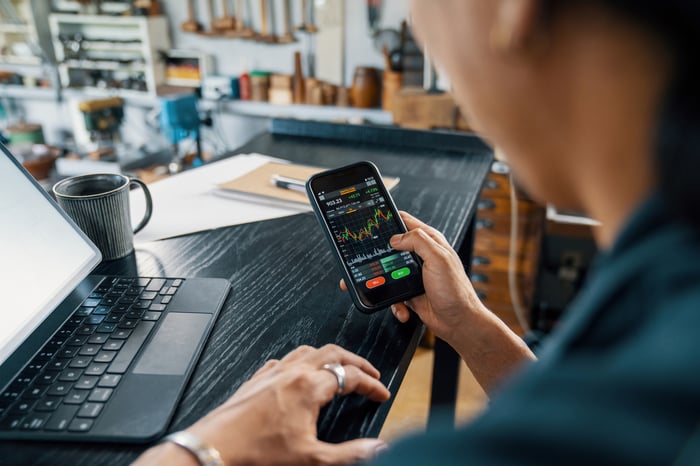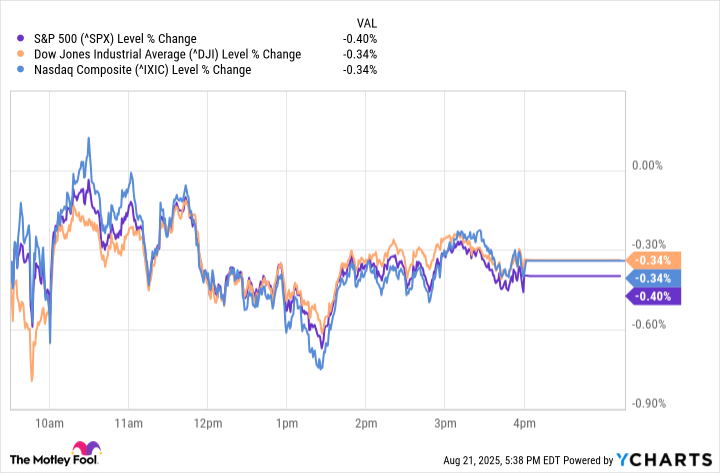Beauty Pie’s in-demand LED face mask is finally back in stock after selling out three times, and shoppers have praised it for softening wrinkles, plumping and evening out skin tone
LED mask fans will be pleased to hear that Beauty Pie’s professional-grade C-Wave LED Treatment Mask is finally back in stock after selling out three times.
These high-tech beauty gadgets have been rising in popularity over the past few years, with major celebs like Victoria Beckham and Kate Hudson using them as part of their skincare routines.
And they’re not just a fad; they’re scientifically supported pieces of tech that can help reduce inflammation, stimulate collagen production, and combat fine lines by using light therapy to penetrate deep into your skin.
So why is the Beauty Pie mask so in demand? Well, it’s a clinically proven skincare device that tackles everything from fine lines to redness to dullness. Using the power of dual-wavelength tech, it boosts collagen, firms up skin, fades pigmentation, and gives you that fresh, even-toned glow.
The best part? It delivers pro-level results at a fraction of the price of luxury LED masks. If you’re a Beauty Pie member already, you can nab it for £120, and if you’re not a member, the mask is priced at £200.
READ MORE: ‘Remington’s new 2-in-1 styler gave me long-lasting smoothness for £350 less than a Dyson’
READ MORE: River Island’s Chanel-inspired cardigan in trending colour of the season is set to fly off shelves
Beauty Pie shoppers have been raving about this LED mask for plumping the skin, reducing the appearance of wrinkles and balancing out skin tone.
One happy reviewer wrote: “I am pleased to say I have seen results, lots of comments on how I am looking younger! Which at 61 I will take. I can see a softening of lines and wrinkles and look a little plumper. I use it every morning as soon as the first snooze button has been pressed. I recommend this LED Mask, but like anything you need to be consistent. Its a great price too.”
A second added: “I love this mask. I work within the Beauty industry and have seen lots of LED masks including medical grade ones. I have combination skin and want to prevent early aging. This mask is the best value for money and I really like how it fits directly to the face. It’s great that you can have the eye guards off or on. The adjustable strap is really helpful too.
I have been using this daily since March. The instant result I saw was my skin was smoother. After that it was more radiant.”
Not all were as impressed, however, with a few noting that the eye protectors sit awkwardly on the face. A shopper said: “Too early to tell tbh – I have high hopes. Negatives are that the eye protectors are very uncomfortable – I have tried wearing them back to front to give some eye protection with less discomfort. That seems to work ok.”
For alternative LED masks, our beauty team tested and reviewed a selection of the very best masks to shop in 2025. Among the list, the standout masks to try included the Shark CryoGlow LED Anti-Ageing and Blemish Repair Mask, priced at £299.99, and the BeautyPro Photon LED Light Therapy Facial Mask, priced at £195.





















